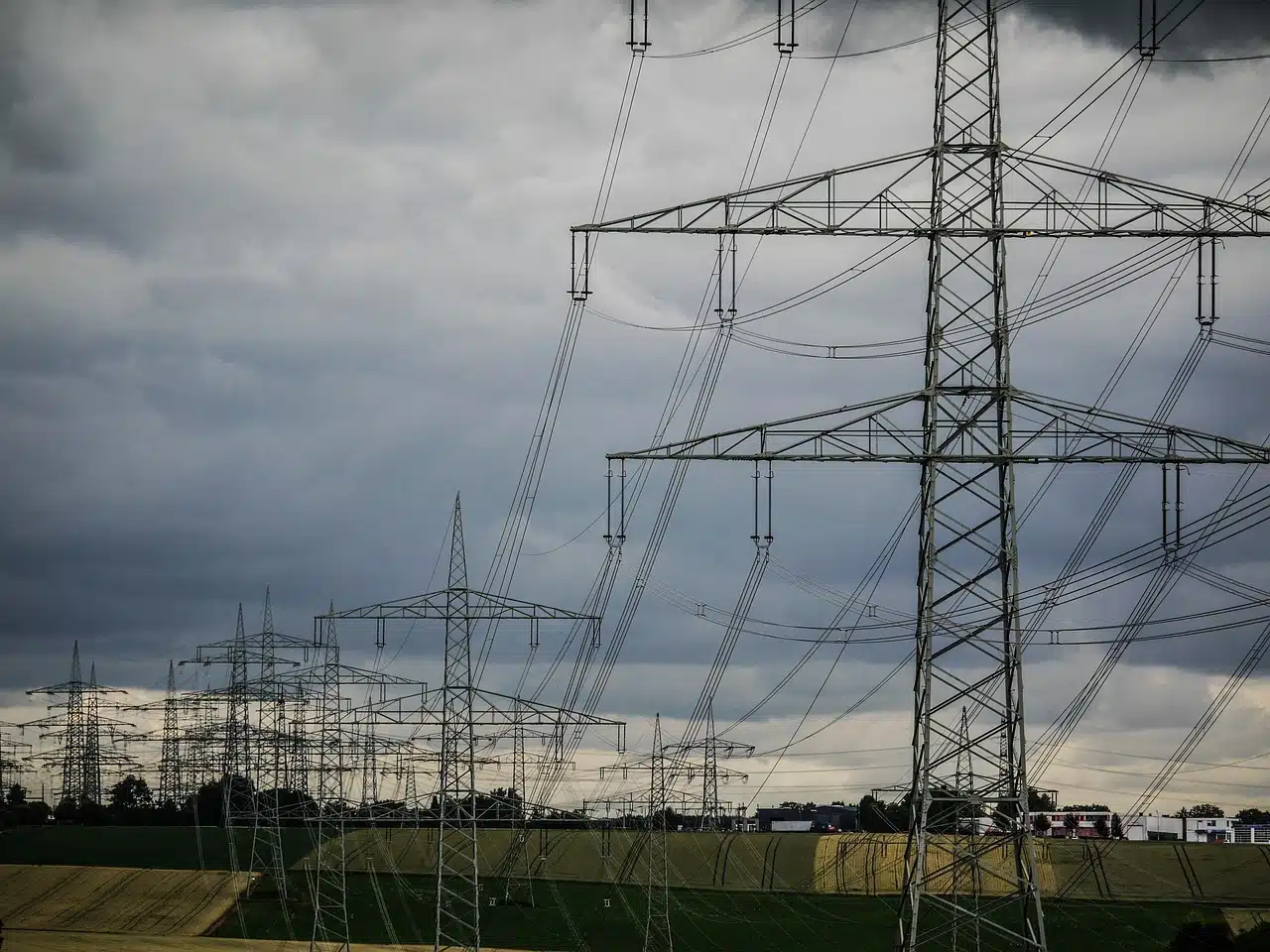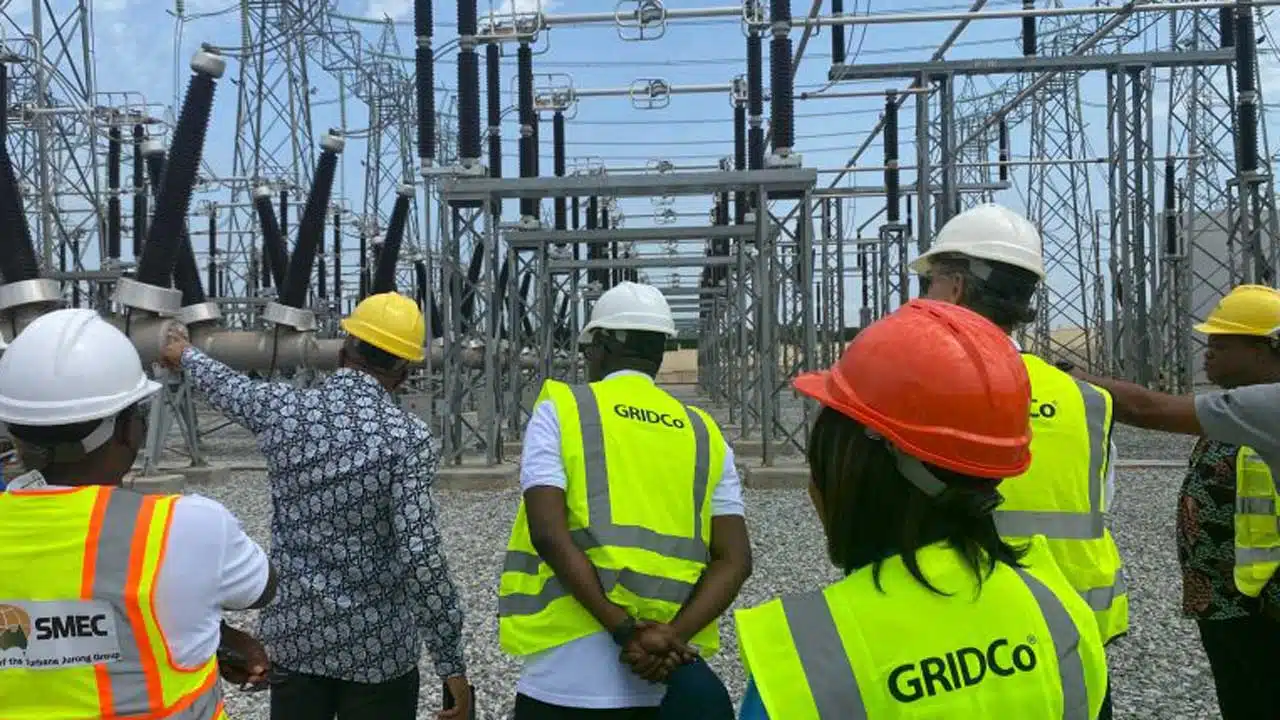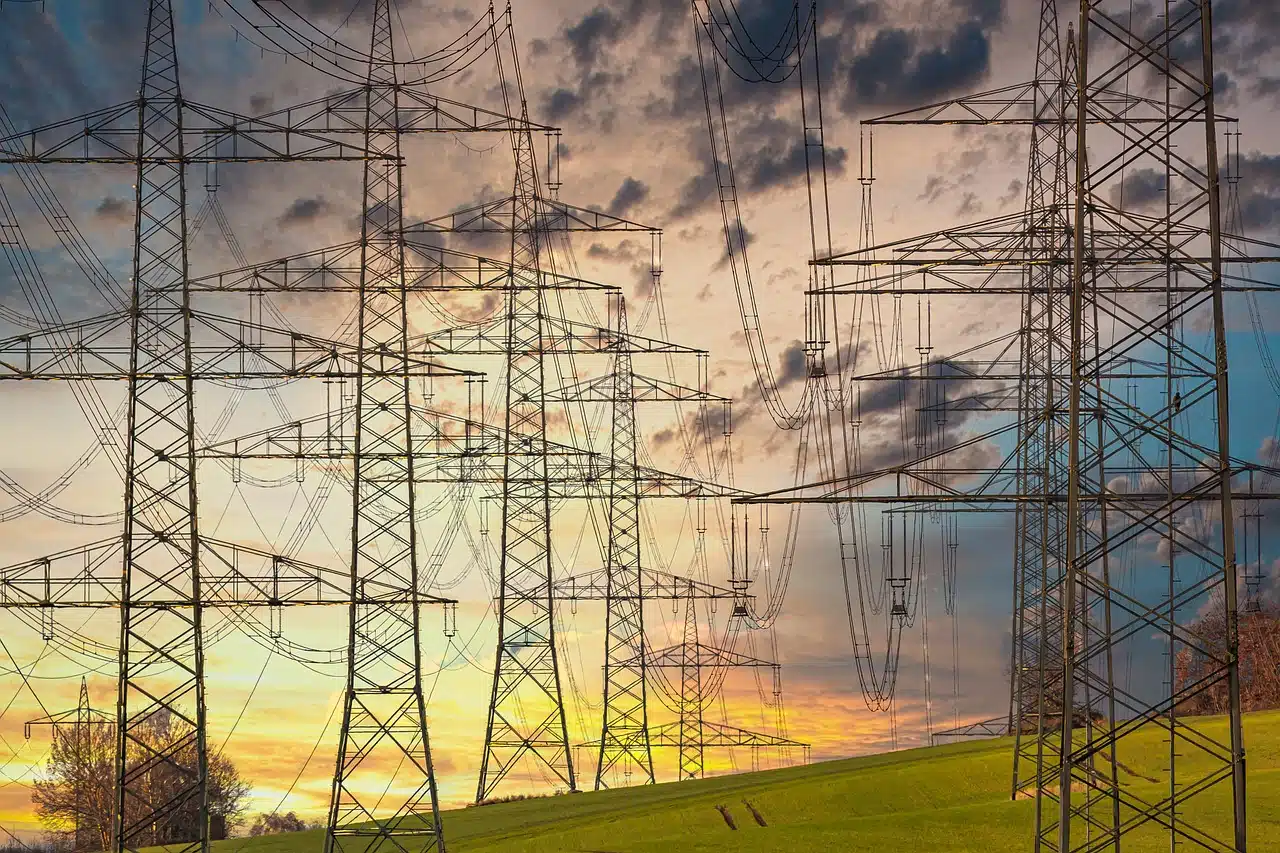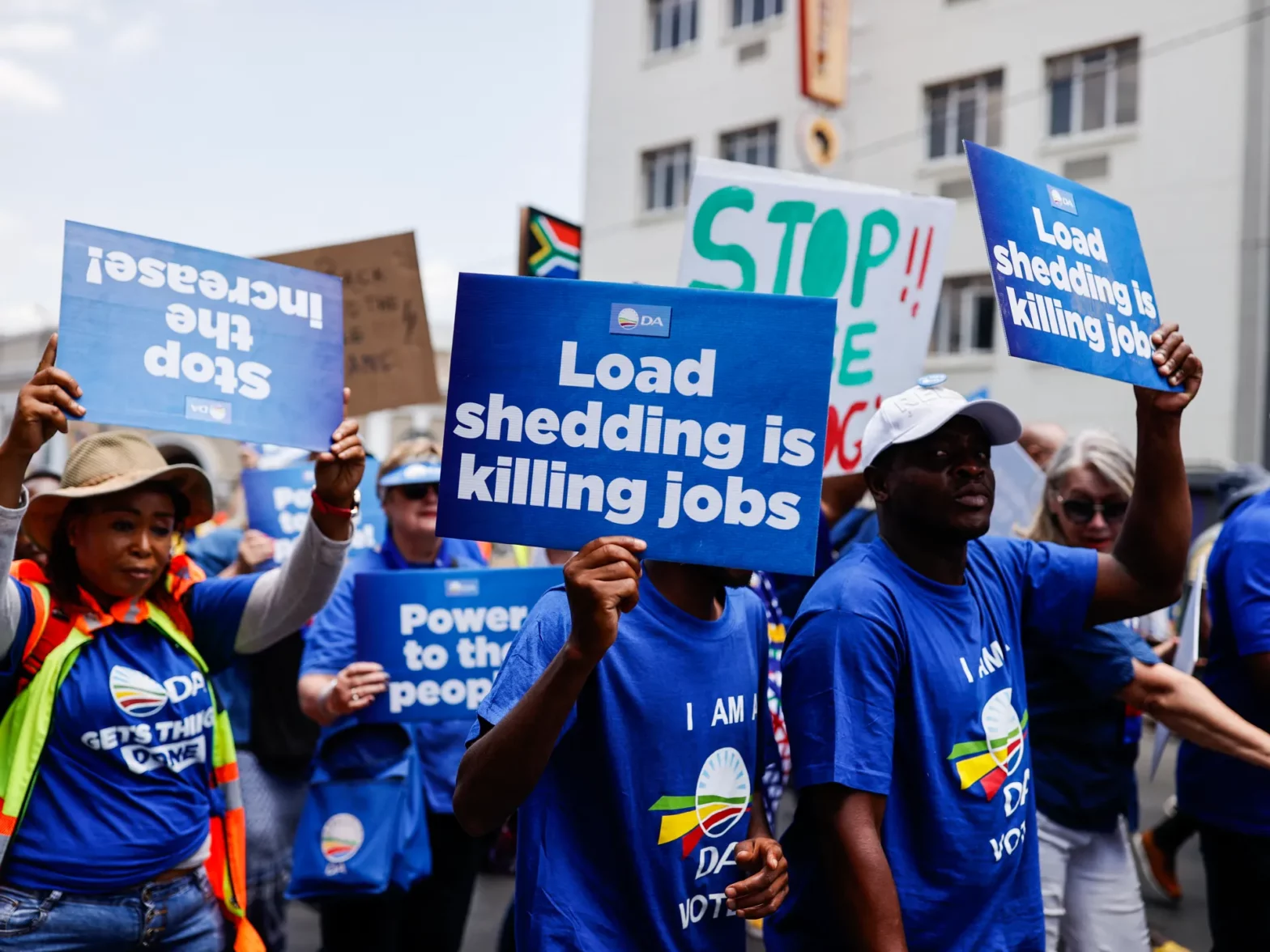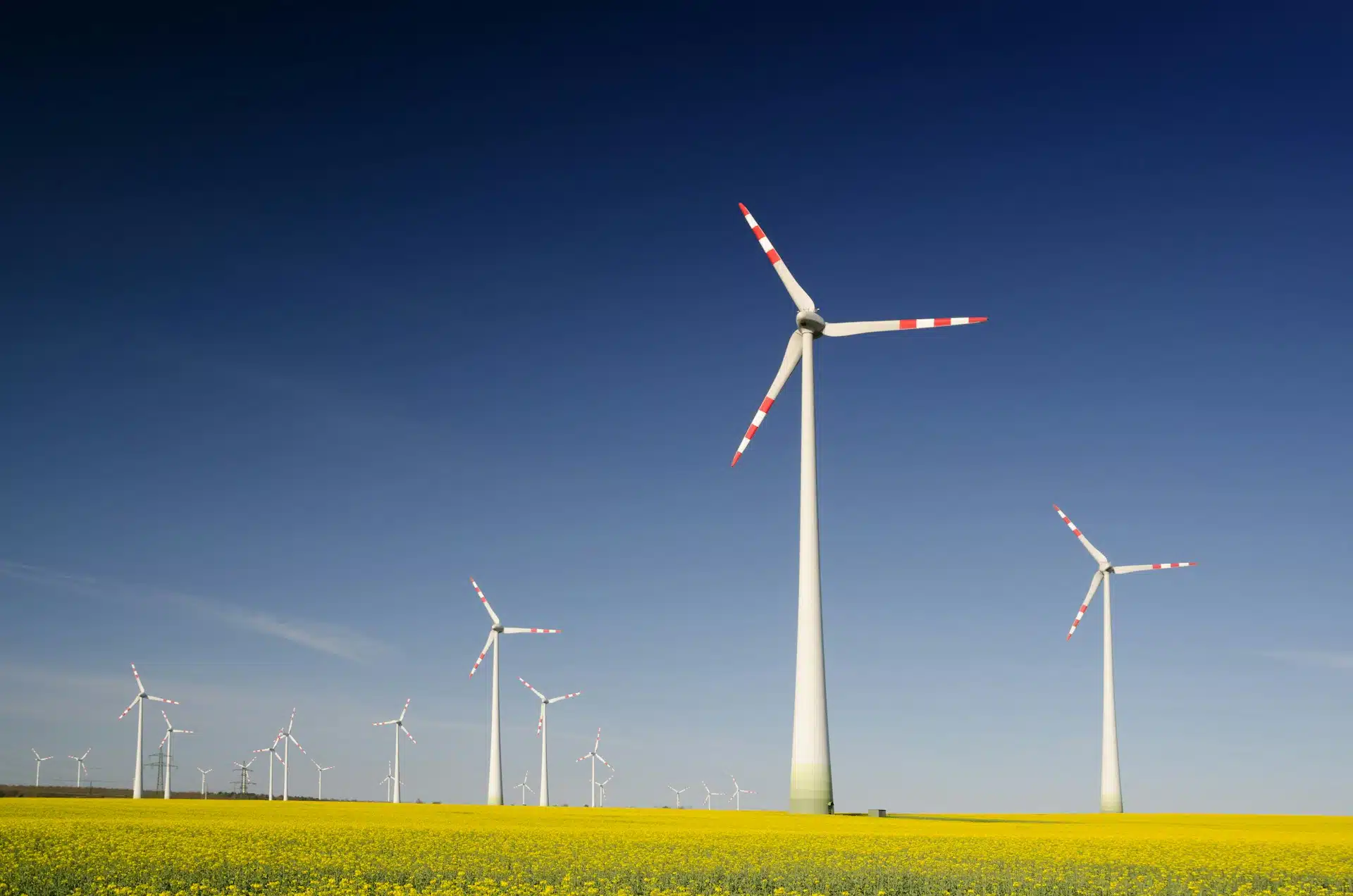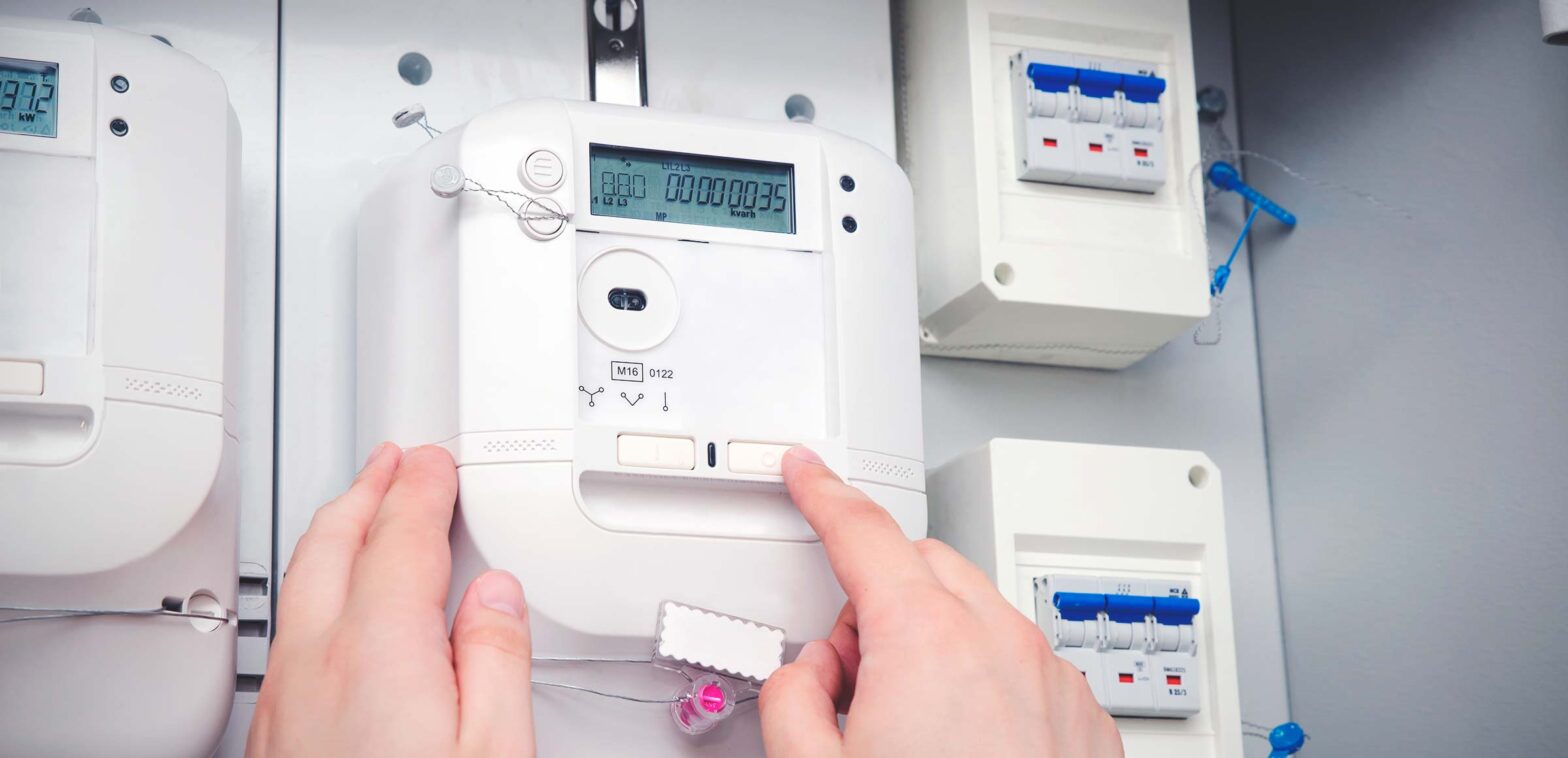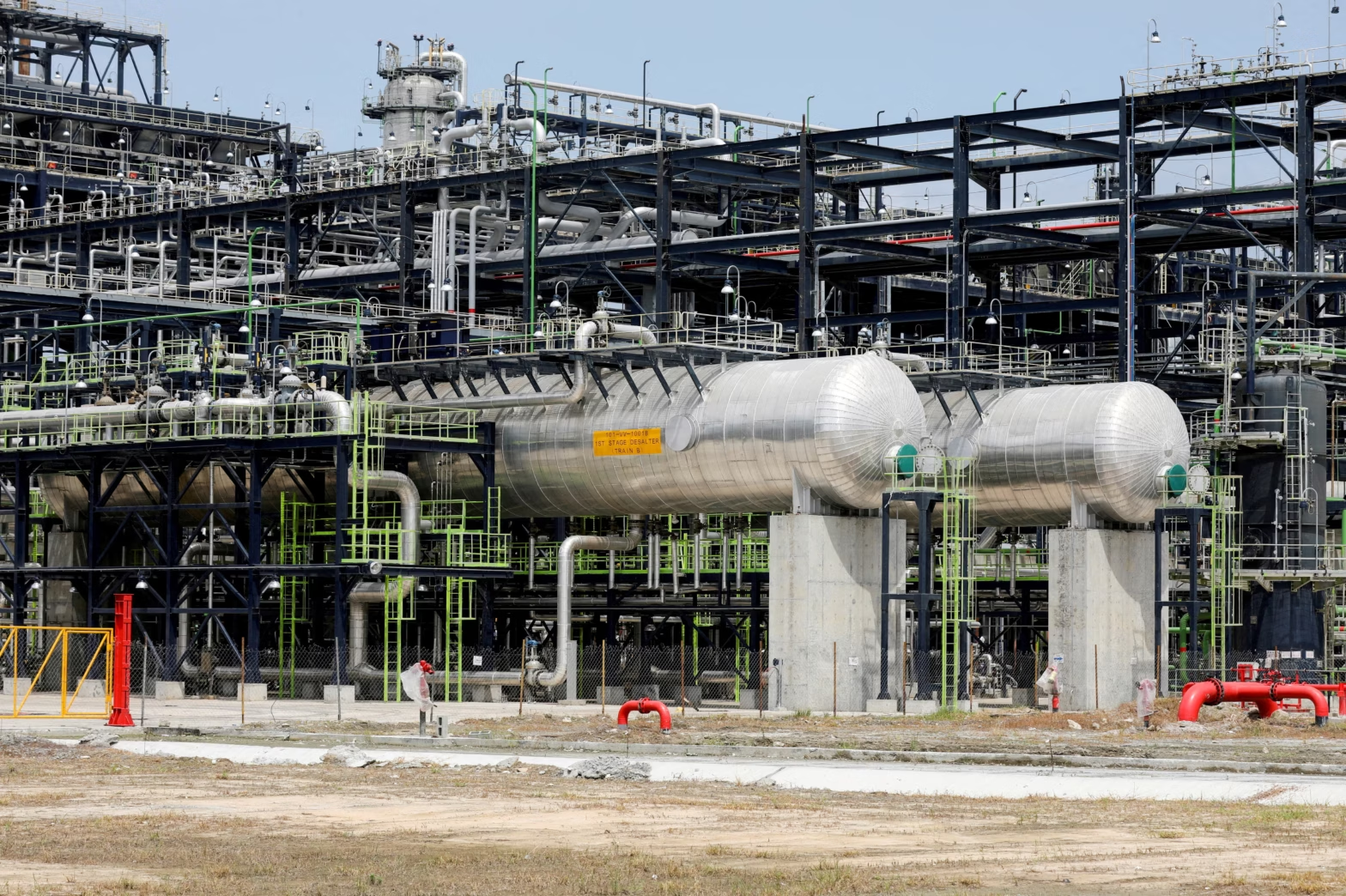Uganda’s electricity sector tells a paradoxical story. On paper, the country boasts an installed generation capacity of more than 2000 megawatts (MW), far exceeding its current peak demand of 800 MW.
Major hydroelectric projects like the 600MW Karuma and 183MW Isimba hydropower plants were supposed to bring a new era of energy abundance for Uganda. And they have achieved this.
In reality however, millions of Ugandans, especially in rural areas, still live without reliable electricity, relying on kerosene lamps, firewood, and expensive diesel generators.
Data from the International Energy Agency (IEA) shows that in 2023, only 30% of Uganda’s population had access to electricity.
Breaking down that figure even further, only around 20% of the Ugandan population had access to electricity from the national grid, while a further 10% received electricity from solar home systems capable of providing a basic package of energy service.
Additionally, a report by ScienceDirect found that over 30% households and businesses now face frequent power cuts despite being connected to the grid.
What then is the problem?
Uganda is producing way more electricity than it needs while a vast majority of its population do not have access to it.
If the nation produces more power than it consumes, why does darkness persist in homes and businesses?
The answer lies in a murky mess of infrastructure gaps, financial constraints, and policy bottlenecks.
While Uganda’s generation capacity has surged, its transmission and distribution networks remain underdeveloped, struggling to deliver power efficiently to the people who need it.
Nearly 40% of rural communities lack grid access, and even in urban centers, frequent blackouts plague industries and households.
One such case was the frequent blackout experienced by Luwero District in Uganda where residents complained of power cuts lasting two months.
The case attracted a response from the country’s Energy Minister, Ruth Nankabirwa, who said the power cuts were caused by low investment in transmission infrastructure.
Experts argue that the problem isn’t a lack of power, rather, it is a failure to bridge the last mile between available electricity and the people who need it most.
Problem of financial constraints
A major problem is electricity affordability. Despite surplus generation, electricity tariffs in Uganda remain among the highest in East Africa, deterring low-income households from connecting to the grid.
The latest increase came in April this year when the Electricity Regulatory Authority announced an upward tariff adjustment for all customer groups.
The government’s subsidy programs have made some progress, but bureaucratic delays and corruption allegations have slowed their impact.
Meanwhile, illegal connections and vandalism drain millions of dollars annually from utilities like Uganda Electricity Distribution Company Limited (UEDCL), further straining the system.
For many Ugandans, the cost of a legal connection, often exceeding $200, is simply out of reach.
While the government has implemented several instruments and mechanisms to lower the cost of electricity, (such as a social/lifeline electricity tariff and the Free Electricity Connection Policy 2018–2027) the level of financial support for these initiatives has not been consistent which have undermined efforts to help the 33 million people who still lack access to electricity.
The problem of policy bottlenecks
One of the problems with Uganda’s electricity distribution disparity are policy bottlenecks.
Government decisions and regulations have, despite good intentions, created roadblocks in getting electricity to consumers who need it.
While billions have been invested in power plants, far less has gone toward expanding and maintaining the wires, substations, and transformers that actually bring electricity to homes.
One major cause is conflicting priorities between different regulatory agencies. The generation, transmission, and distribution of power are handled by separate entities, each with its own budgets and timelines.
Another issue is slow policy implementation. Reforms like net metering (which would let solar-powered homes sell extra electricity back to the grid), codified in the amended Electricity Act 2022, still lack the detailed regulations needed to make them work.
Similarly, rules that would allow factories to buy power directly from producers, bypassing the strained national grid, have yet to be implemented.
The government’s decision to merge power sector agencies aims to fix some of these problems by reducing red tape.
However, stakeholders and industry players warn that without clear plans and faster decision-making, even a streamlined system could struggle to keep up with Uganda’s growing energy needs.
The faltering power grid
Uganda’s power grid is plagued with ageing infrastructure that requires routine maintenance.
Last week, several areas in Uganda’s capital, Kampala, were hit by a power outage which Uganda Electricity Transmission Company Limited (UETCL) said was a result of critical maintenance and upgrade works on transmission substations in the region.
To help fix the problem, the Ugandan government allocated over $100.9 million to Uganda Electricity Distribution Company Limited (UEDCL) to upgrade the national power grid.
This investment aims to enhance electricity reliability, reduce energy losses, and support the country’s growing energy demands. It has also gone to procure over 200 transformers to replace the existing faulty ones.
Also, to shore up its electricity transmission network, the government has partnered with Gridworks, a subsidiary of British International Investment, to develop the 80km 132kV Mbale-Bulambuli-Kween transmission line in eastern Uganda.
Poor rural electrification
In addition, rural access to electricity in Uganda stands at just 9.1%. Most rural households still rely on inefficient and costly energy sources like kerosene, solar lamps, and biomass, leading to severe health and environmental repercussions and economic losses.
While the country is committed to enhancing rural electrification through substantial investments in infrastructure and subsidies, a critical gap remains between policy intentions and execution due to inadequately addressed issues like high initial connection costs, affordability, and reliability.
Another problem with bringing electricity to rural areas is that the cost of installing transmission lines is great and there is little to no return on investment for the amount spent.
Because of this, the best bet is to establish mini-grids and international partners have contributed on that front.
For instance, the European Union, through its Pro Mini Grids project said it provided clean and reliable energy to over 20,000 people in rural communities.
However, this type of initiative are usually unsustainable as many investors would prefer a system that allows for return of investment.
Uganda’s move to universal electricity access
At the core of Uganda’s move to ensure universal access to electricity is its Energy Transition Plan.
Codified in this plan is Vision 2040, which sets an ambitious target of producing 52,000MW of electricity through hydropower, wind, nuclear and geothermal sources.
Earlier this month, Uganda’s Energy Minister, Ruth Nankabirwa said the country is still on course to hit the target of producing 52,000 megawatts of electricity by 2040.
“Uganda’s electricity generation has reached 2,052MW with the completion of the Karuma HPP. Future projects like Nyagak III and small hydropower plants will further boost capacity.
“In the medium and long term, Government will develop large hydropower projects including Ayago (840MW), Oriang (392MW), Kiba (400MW), and further develop geothermal resources, which are estimated to have electricity generation potential of 450MW,” Nankabirwa said.
In addition to the above projects, the country will be developing the ORIO Mini Hydropower Project, with a combined capacity of 6.7 MW.
The government has also put together a plan to develop a 1000 MW nuclear power plant by 2031 and another 1000 MW plant by 2040 in anticipation of rising demand.
It is working with the International Atomic Energy Agency (IAEA) and has signed non-binding agreements with companies in China and Russia to explore options.
The government is also developing a 8400MW nuclear potential in the Buyende region.
As Uganda races toward its 2030 universal electrification target, the disparity between supply and access raises urgent questions.
Is the focus on big-ticket generation projects overshadowing the need for last-mile distribution and affordability reforms?
Can off-grid solutions close the gap, or does the government need a radical policy shift?
One thing is clear: Uganda has the power and now it must find a way to light up every home.

